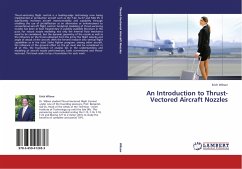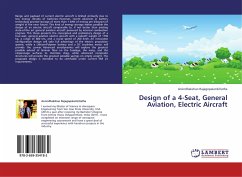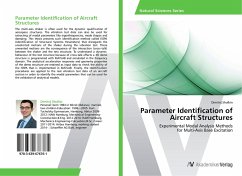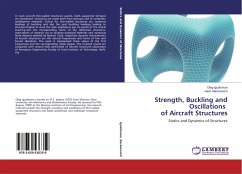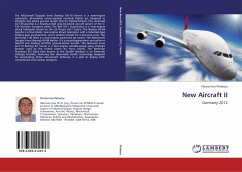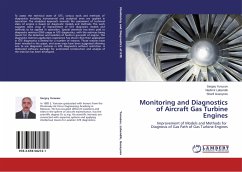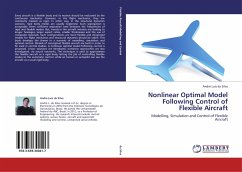This report describes the computational study of excrescence drag caused by repair patches mounted on a 2D M2822 aerofoil section at different position along the chord and the results are then compared with the semi-empirical methods used by Aviation companies. A comparison is also studied to compare the approach from the CVGKE calculation method which is used in this report with the BVGKE calculation method that is used to derive the empirical charts for both flow with and without shock wave. The tests have been carried out with high subsonic and transonic flow and the effect of geometry type is also taken into consideration. It is observed that the increment in boundary layer displacement thickness suggested to be implemented at the excrescence location by Patel and Lock was not high enough and therefore resulted to a higher drag magnification factor than the empirical data. Excrescences placed at the location of the shock wave caused a significant reduced in the overall drag coefficient and the interaction between the shock and the excrescence placed upstream of the shock could lead to either a decrease or increase in wave drag depending on its location.
Bitte wählen Sie Ihr Anliegen aus.
Rechnungen
Retourenschein anfordern
Bestellstatus
Storno


